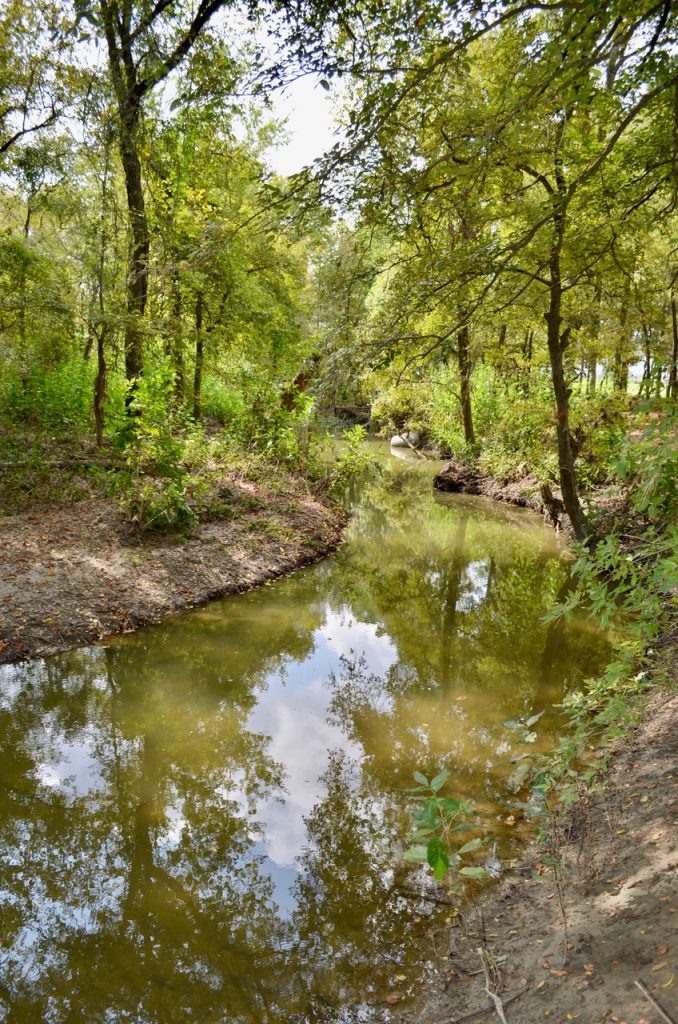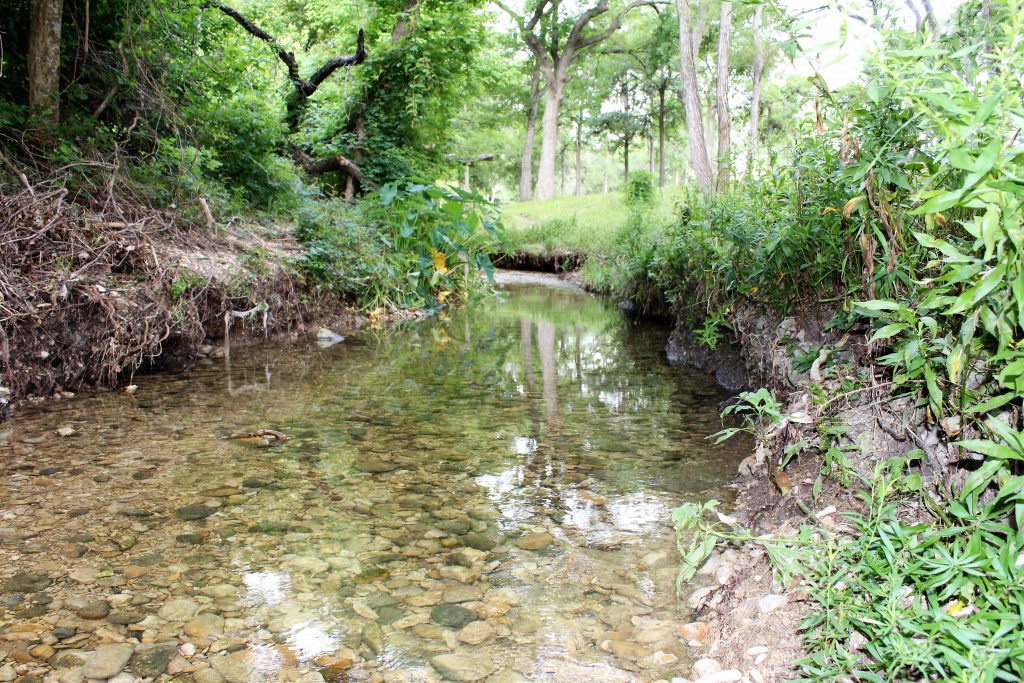Plum Creek Watershed Partnership
Striving to ensure a safe, clean, and healthy stream for all to enjoy, the Plum Creek Watershed Partnership works to boost awareness of water resource issues and protect and restore water quality in the Plum Creek Watershed.
Public involvement is key to watershed stewardship, and the Partnership relies on the cooperation of numerous local stakeholders.
Technical Advisory Group
The Plum Creek Watershed Partnership would like to thank the members of the original Technical Advisory Group, who provided their expertise and specialized knowledge in dealing with several key issues and offered critical guidance in development and refinement of portions of the Plum Creek Watershed Protection Plan:
- Texas Commission on Environmental Quality
- Texas AgriLife Extension Service
- Texas Department of Agriculture
- Texas Department of Transportation
- Texas Farm Bureau
- Texas Parks and Wildlife Department
- The Railroad Commission of Texas
- Texas State Soil and Water Conservation Board
- Texas Water Development Board
- USDA Natural Resources Conservation Service
- U.S. Environmental Protection Agency -U.S. Geological Survey
Key Partners
In addition, the Partnership is grateful for cooperation and participation from representatives of key local groups who will play a vital role in protecting water quality:
- Aqua Water Supply Corporation
- Caldwell County
- Caldwell-Travis Soil & Water Conservation District
- City of Buda
- City of Kyle
- City of Lockhart
- City of Luling
- City of Niederwald
- City of Uhland
- Guadalupe-Blanco River Authority
- Hays County
- Hays County Soil & Water Conservation District
- Lockhart State Park
- Luling Foundation
- Plum Creek Community
- Plum Creek Conservation District
- San Marcos River Foundation
- Texas State University
- Texas Stream Team


The Partnership was formed in 2005 when the Texas State Soil and Water Conservation Board and the Texas AgriLife Extension Service selected Plum Creek as a pilot for coordinated watershed planning efforts in Texas. Plum Creek was chosen based on its high E. coli bacteria levels and concerns over nutrient concentrations.
The need for watershed protection was also underscored by development pressures, oil and gas production, and water pollution from a variety of sources. Through public meetings, stakeholders formed a steering committee to make decisions throughout the watershed planning process, and topical workgroups guided discussion on specific watershed issues.
The Partnership is currently facilitated by a local watershed coordinator and has received numerous grants to improve water quality and conduct outreach campaigns throughout the area. A new Clean Water Act Section 319(h) grant through the Texas State Soil and Water Conservation Board to the Plum Creek Watershed Partnership is managed by the Guadalupe-Blanco River Authority and began on May 1, 2015.
Interlocal Agreement
An Interlocal Agreement, first established in 2011, serves to allow local partners to provide the required 40 percent match each year for the grant. Through the efforts of its partners, the group remains at the forefront of water quality management and has played a key role in watershed stewardship in Texas. In 2023, the Interlocal Agreement had an amendment to update one of the partners and to make other minor updates. The Interlocal Agreement was updated again in 2024, when the project partners supported the Guadalupe-Blanco River Authority (GBRA) to move the previously contracted Watershed Coordinator (WC) position in-house.
For more information, visit our Watershed Protection Plan page.
Financial Incentive Programs
EQUIP Environmental Quality Incentives Program
WQMP Water Quality Management Plan
NPS Texas Nonpoint Source Grant Program
The NPS Grant Program is administered by the TSSWCB for the purpose of providing funding as grants to cooperating entities for activities that address the goals and objectives stated in the Texas NPS Management Program. The Texas Legislature and the U.S. Congress (through the EPA) provide funding to the TSSWCB to administer the agricultural and silvicultural components of the Texas NPS Management Program through the TSSWCB NPS Grant Program. Agricultural and silvicultural NPS pollution prevention and abatement activities that can be funded through the NPS Grant Program include: implementation of WPPs and the NPS portion of TMDL Implementation Plans (I-Plans), surface water quality monitoring, demonstration of innovative BMPs, technical assistance and financial incentives for the development and implementation of TSSWCB-certified water quality management plans (WQMPs), public outreach and education, development of WPPs, and monitoring activities to determine the effectiveness of specific pollution prevention methods.
CWA §319(h) Clean Water Act Grant Funding
Congress enacted §319(h) of the CWA in 1987, establishing a national program to control NPS water pollution. Through §319(h), federal funds are provided annually through the EPA to States for the development and implementation of each State’s NPS Management Program. The §319(h) funding in Texas is divided equally between the TCEQ and the TSSWCB. Over the last two years, the State’s allocation has been approximately $7 million.
State General Revenue Grant Funding
The 80th Texas Legislature appropriated general revenue funds to the TSSWCB for the purpose of planning, implementing, and managing programs and practices for preventing and abating agricultural and silvicultural NPS water pollution in impaired watersheds. The 81st and 82nd Texas Legislatures renewed this appropriation. TSSWCB is committed to funding projects encompassing monitoring, assessment, modeling, planning, education, and implementation that address the goals and objectives stated in the Texas NPS Management Program.